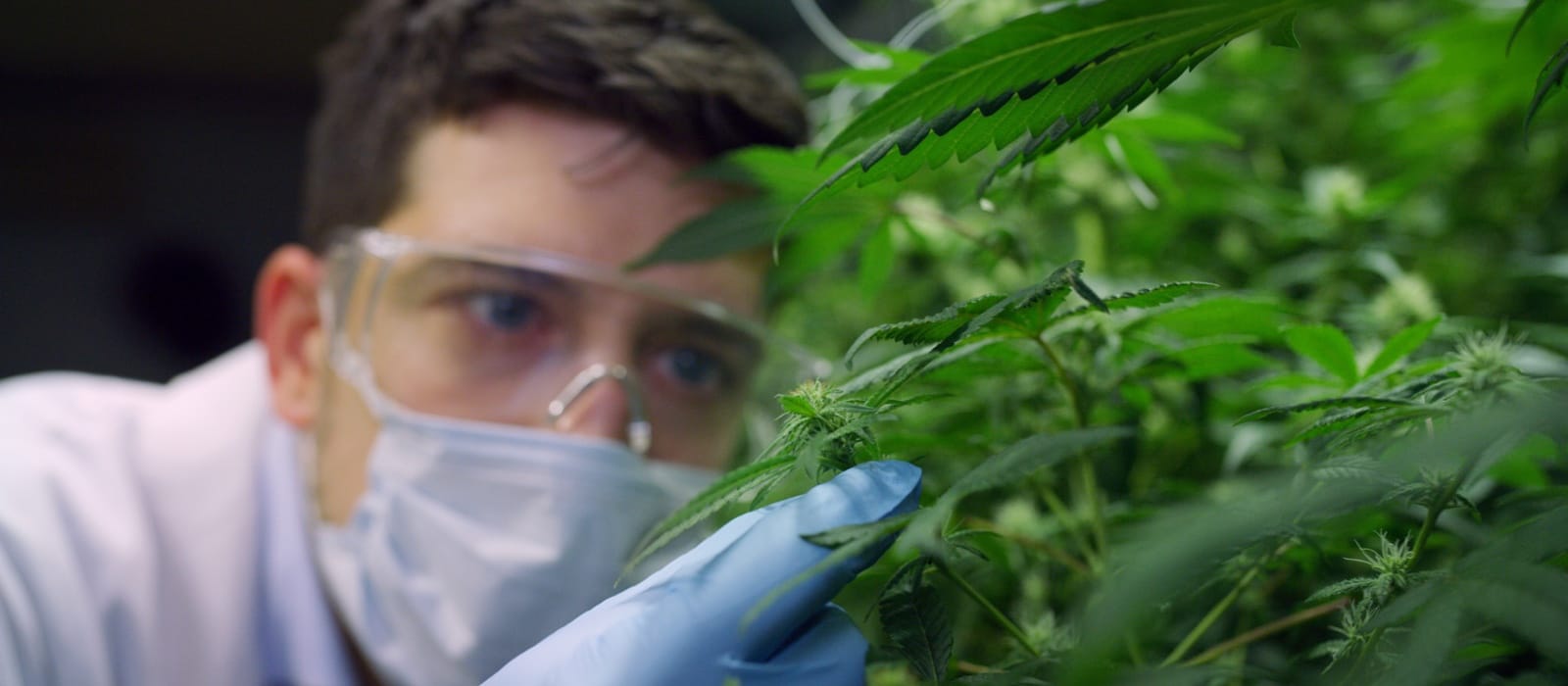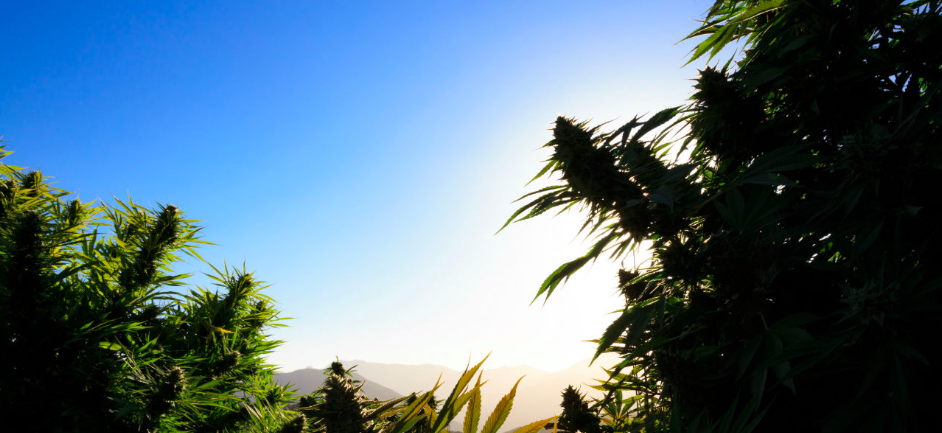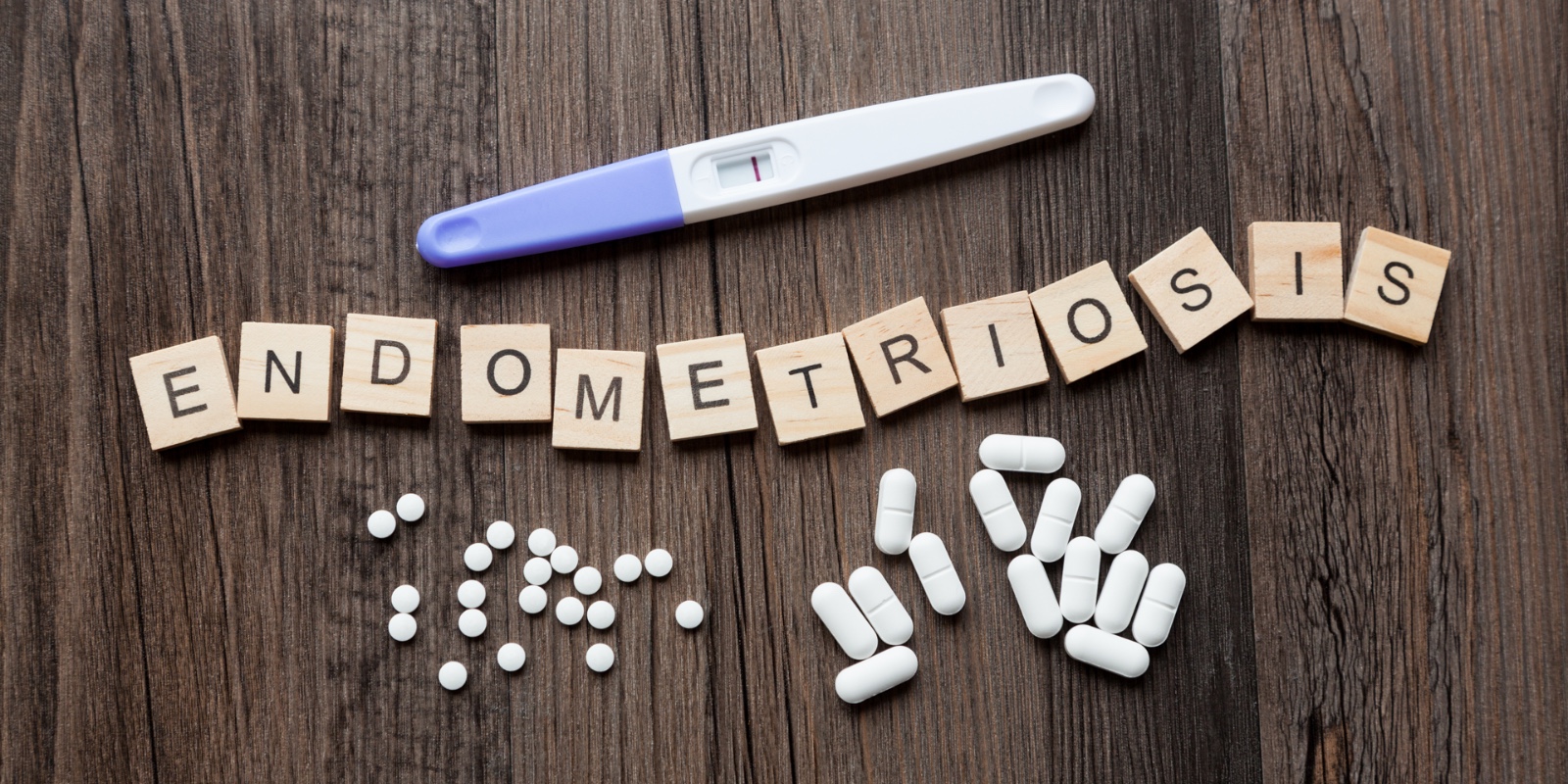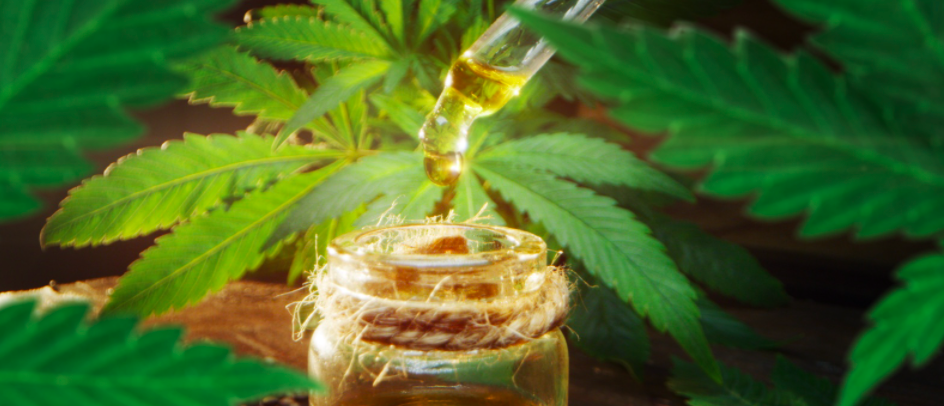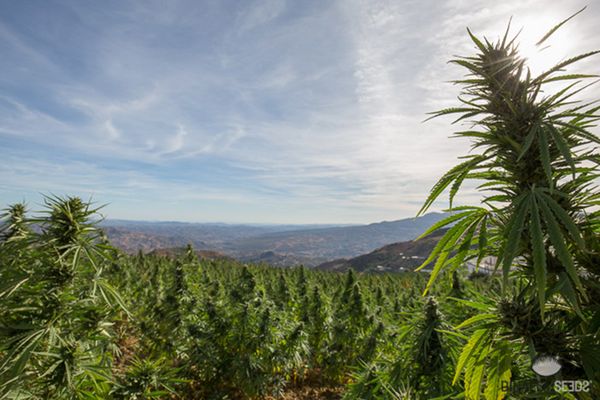• CBD has turned the cannabis market upside down, transforming the breeding processes seed banks employ as well as consumer demand.
• When we understood the true potential of this cannabinoid, we went all in from day one, setting up a laboratory and embarking on a long breeding process that was just the beginning of what is now our high CBD strain assortment.
• In this post, the Dinalab technicians give an in-depth account of this journey, and explain how our first pure CBD strains were created. Breeding until now
Within the Western world, CBD is the main cannabinoid found in hemp floral tissue – at a typical concentration of 2% weight for weight (w/w) or less, which is only the result of plant breeding and local politics. For example, licenses to grow hemp in Europe are only issued if growers use hemp strains that are capable of producing no more than 0.2% THC, and registered with the European Catalog. This is to prevent any recreational use of the plant and keep it only for industrial purposes.
On the other hand, cannabis strains grown for recreational use have a THC chemotype with floral tissue concentrations of up to 20%; because of the psychoactive effects that are sought by recreational users. This difference in cannabinoid profiles is due to the breeding techniques developed by growers, which allow the creation of new strains with stable and reproducible cannabinoid profiles. The alleles purported to control THC or CBD synthesis are codominant, as a result of which landrace populations consist either of homozygous plants dominant in THC or CBD – which are referred to as being of the THC or CBD chemotype – or heterozygous “mixed chemotype” individuals synthesizing a more even balance of both THC and CBD at various ratios.
The development and standardization of new strains can take up to 5 years and many more generations. In some cases, the breeder may need even more time to develop a strain with unique properties for large scale production. The base ingredients for a breeding program are seeds and mother plants of well-known proprietary landrace strains that constitute the genetic bank that will allow the breeder to have a wide choice of genetic material to produce the strain that he desires.
The breeding team sprouts and stabilizes the desired seeds, combining master plants together to achieve the desired genetic combination, cannabinoid and terpenoid profiles affecting the final products characteristics: psychoactive effect, taste, smell, colour. Each one of these parameters is evaluated along the breeding process by the lab team and the volunteer patient staff.
Paradigm shift to high CBD plants
Historically, very little effort has been placed on finding and breeding plants with high CBD concentrations because of its non-psychoactive effects – there was no demand for that kind of strains on the market. Until recently, the commercial acquisition of seeds capable of producing significant quantities of CBD was all but impossible. With recent progress in research, however, more and more caregivers and patient are seeking for high CBD strains with which to treat their conditions without getting any psychoactive effects. Now, with advanced genetic techniques and identification methods, the producers are able to develop and stabilize new strains over the years. This allows them to produce cannabis with high purity cannabinoid profiles, which are reproducible and effective on a particular condition. Once that lab tests confirm a particular strain meets the characteristics required for medical use, this needs to be cultivated at a large scale to produce medical grade marijuana.
At Sovereign Biotek, we understood the need for a laboratory of our own, and now the lab has become a staple of our breeding processes. Whenever we create a new strain, we perform lab tests in order to check its cannabinoid and terpene profile, as only then is the product ready to be marketed.
How was our first pure CBD strain created?
When we realised the therapeutic potential of CBD, we soon understood the need to create a high CBD strain with nearly no THC so that both medical and recreational users wishing to benefit from CBD without any of the psychoactive effects of THC could easily meet their needs through legal channels.

